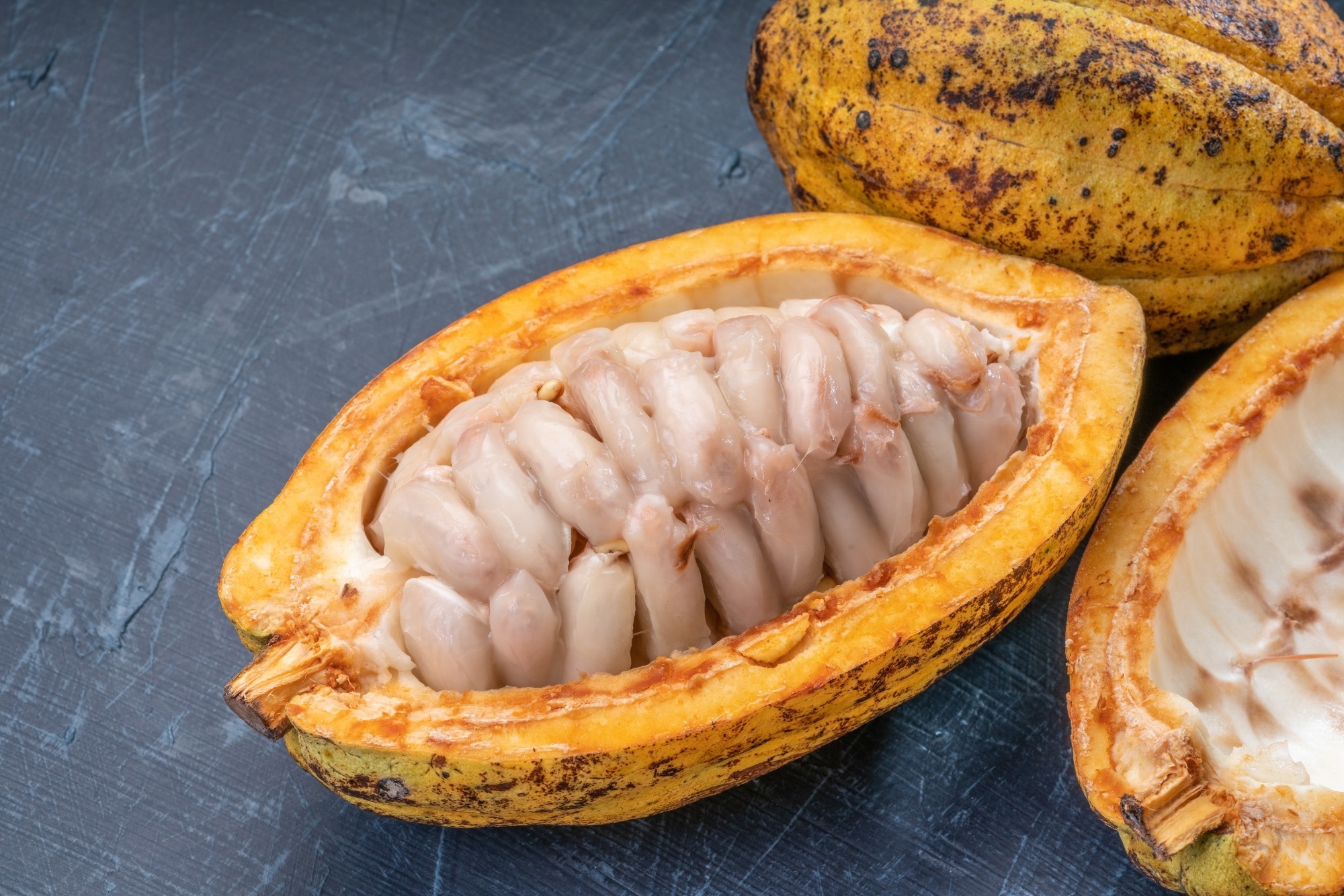Sponsored by Xenocs SASReviewed by Louis CastelOct 17 2022
The evolution of the lipid phases under termal treatment is investigated by meand of simultaneous SAXS/WAXS measurements

Image credit: Shuttestock/KT studio
Up to six crystalline forms of glycerides1 (fatty acids) can be found in cocoa butter, a highly polymorphic material. Each form has a different melting point and degree of stability. Tempering is a controlled crystallization technique used to produce chocolate products which contain the most stable polymorphs.
The four phases in the most prevalent tempering method are as follows:
- The chocolate is fully melted until all of the fat crystals are dissolved
- The temperature is decreased to encourage crystallization
- The producer waits until both stable and unstable polymorphs crystallize
- The temperature is increased again until the unstable crystals melt (stable polymorphs tend to have higher melting points than unstable ones)
Once the temperature is lowered to room temperature, the stable crystals will act as seeds and encourage bulk crystallization of the cocoa butter into a stable form. Thermal history, therefore, directly influences the final crystalline phase, which relates directly to the sensory experience.
The combination of SAXS and WAXS is a powerful method to identify the morphology of crystalline phases as a function of temperature. This article explores how cocoa butter’s out-of-equilibrium nanostructure changes with temperature, mimicking a portion of the tempering process.
Click here to gain access to the complete application note
References
- Beckett, Steve T., ed. Industrial chocolate manufacture and use. John Wiley & Sons, 2011

This information has been sourced, reviewed and adapted from materials provided by Xenocs.
For more information on this source, please visit Xenocs.